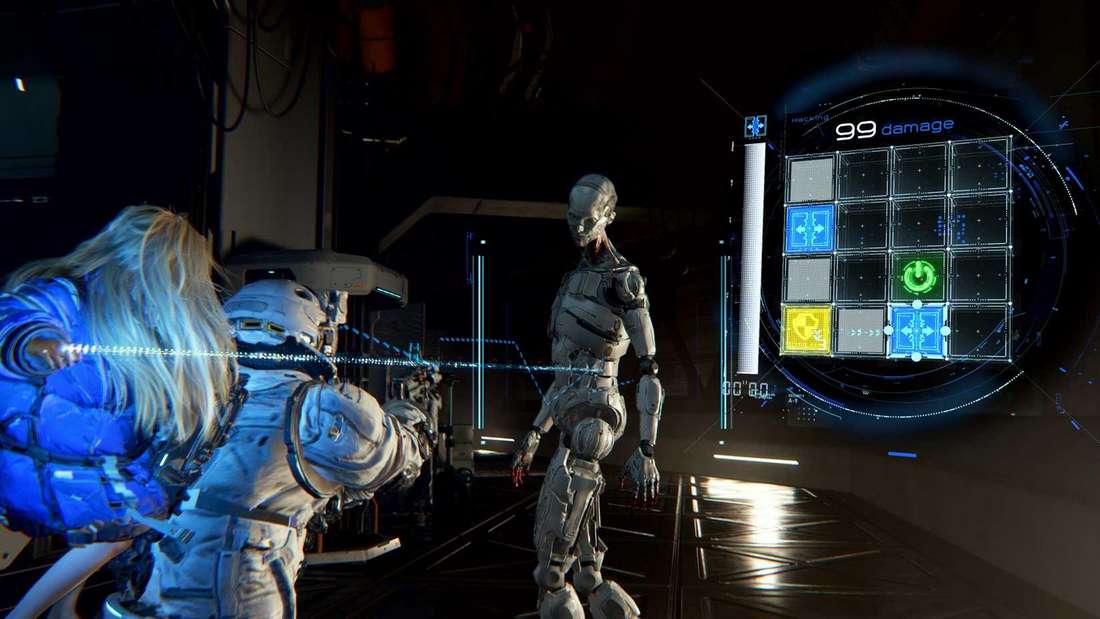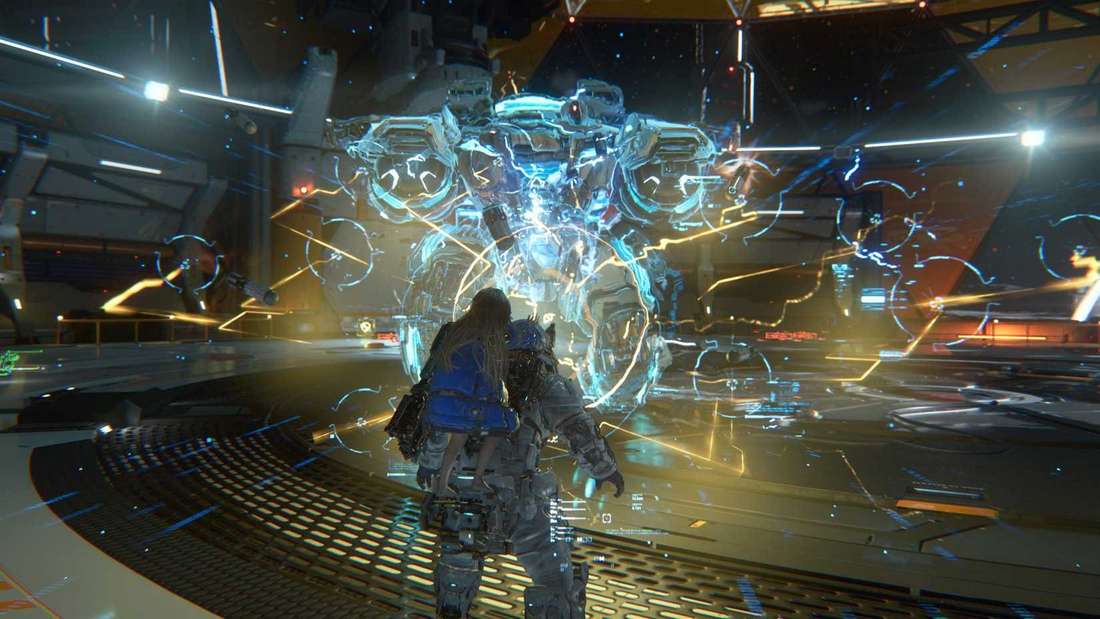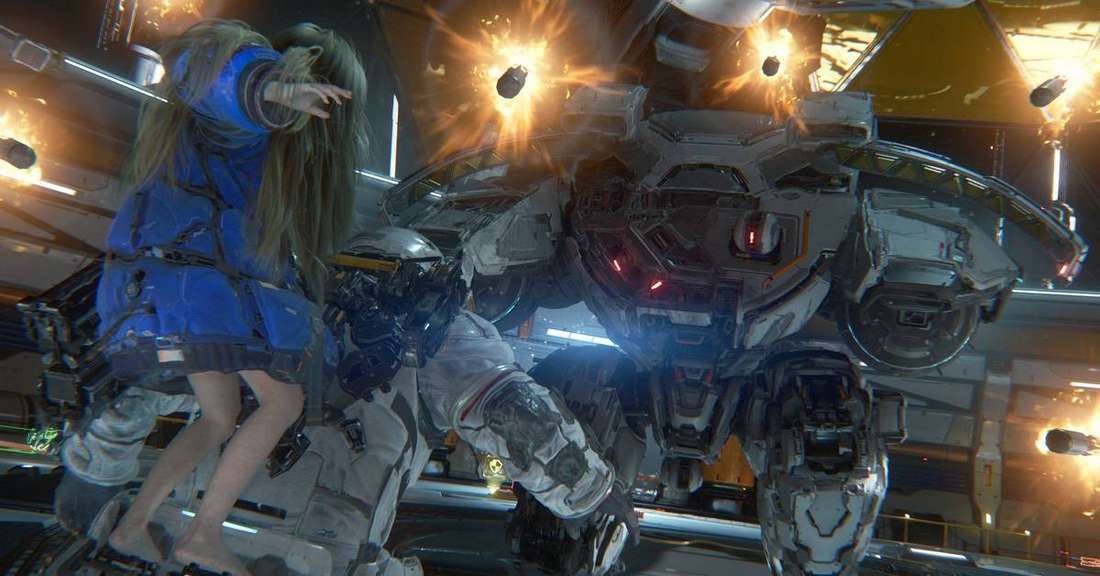Pragmata’s Combat-Puzzle Mechanics: Unpacking the Next-Gen Hype and Innovation
Popular Now
 Capcom’s enigmatic action-adventure title, Pragmata, has long captivated the imagination of the gaming community since its initial reveal. Shrouded in mystery, with glimpses of a desolate lunar landscape and a young girl named Epsilon, the game has slowly peeled back layers to reveal its core identity. Central to this identity is its much-discussed combat-puzzle mechanics, a system that, according to recent insights and developer showcases, appears poised to genuinely live up to the considerable hype it has generated within the gaming market. This deep dive explores how Pragmata’s unique blend of strategic combat and environmental puzzle-solving is shaping up to be a defining feature for next-gen gaming innovation.
Capcom’s enigmatic action-adventure title, Pragmata, has long captivated the imagination of the gaming community since its initial reveal. Shrouded in mystery, with glimpses of a desolate lunar landscape and a young girl named Epsilon, the game has slowly peeled back layers to reveal its core identity. Central to this identity is its much-discussed combat-puzzle mechanics, a system that, according to recent insights and developer showcases, appears poised to genuinely live up to the considerable hype it has generated within the gaming market. This deep dive explores how Pragmata’s unique blend of strategic combat and environmental puzzle-solving is shaping up to be a defining feature for next-gen gaming innovation.
From its breathtaking, high-fidelity graphics to its ambitious narrative premise, Pragmata has consistently signaled a departure from conventional gameplay loops. The focus on what Capcom terms ‘combat-puzzle’ is not merely an aesthetic choice but a fundamental pillar upon which the entire player experience is built. This isn’t just about combining two genres; it’s about creating a symbiotic relationship where tactical engagements are inherently intertwined with environmental manipulation and logical deduction. Early indications suggest that players will need to think beyond traditional shooting or melee encounters, instead leveraging their surroundings and the unique abilities at their disposal to overcome threats.
 Deconstructing the Combat-Puzzle Paradigm
Deconstructing the Combat-Puzzle Paradigm
At the heart of Pragmata’s gameplay lies a sophisticated interplay between player actions, enemy reactions, and dynamic environmental elements. The mechanics demand a blend of quick reflexes and thoughtful strategy, moving beyond simple button mashing to encourage a deeper level of engagement. Instead of presenting puzzles as separate interludes, Pragmata integrates them directly into skirmishes, forcing players to see the combat arena as a complex physics playground.
- Gravity Manipulation: The Strategic Keystone: One of the most prominent features highlighted in Pragmata game mechanics is the ability to manipulate gravity. This isn’t just a traversal tool; it’s a crucial combat modifier. Players can seemingly lift and hurl objects, disorient enemies, or even alter the physical landscape of a fight. Imagine using altered gravity to suspend a formidable foe, allowing for precise weak-point targeting, or creating a temporary shield from falling debris. This mechanic promises unprecedented tactical depth, transforming every encounter into a unique cerebral challenge. Such advanced environmental interaction elevates the experience, making each battle a fresh puzzle to solve.
- Environmental Mastery: Beyond Simple Cover: The environments in Pragmata are far more than mere backdrops. They are active participants in the combat-puzzle equation. Players are encouraged to observe and exploit their surroundings, perhaps activating dormant machinery to create hazards for enemies or re-routing energy flows to open new pathways. This approach transforms static environments into dynamic, interactive systems that offer multiple solutions to combat scenarios, pushing the boundaries of typical action-adventure gameplay. The commitment to such interactive elements suggests a rich, rewarding experience for players who value creative problem-solving over brute force.
- Epsilon’s Role: A Companion in Innovation: Epsilon, the mysterious young girl who accompanies the protagonist, is not just a narrative device but an integral part of the combat-puzzle system. While specific details about her abilities remain somewhat guarded, it is clear she plays a pivotal role in augmenting the protagonist’s capabilities, potentially offering unique insight into puzzles or possessing complementary powers that unlock new strategic options during combat. Her presence adds another layer of complexity, suggesting cooperative mechanics where effective use of her skills will be crucial for success, further enhancing the game’s unique identity. This intelligent companion integration highlights Capcom’s game development prowess in creating immersive character dynamics.
The Intersection of Hype and Reality for Pragmata
The anticipation surrounding Pragmata has been substantial, fueled by its next-generation aspirations and Capcom’s reputation for delivering polished, engaging experiences. The crucial question has always been whether its innovative mechanics could translate from concept to compelling reality. Based on recent information and the discernible design philosophy, it appears Capcom is meticulously crafting an experience that lives up to these lofty expectations. The detailed descriptions of gravity manipulation and interactive environments suggest a coherent, well-thought-out system rather than a collection of disparate gimmicks. This focus on seamless integration of combat and puzzles hints at a game that rewards thoughtful play, making every victory feel earned through intellect as much as reflexes.
For those closely monitoring upcoming PS5 games and the future of digital entertainment, Pragmata represents a significant potential leap forward. Its commitment to challenging genre conventions and offering a truly fresh gameplay loop positions it as a potential trendsetter. The inherent replayability of combat-puzzle scenarios, where multiple solutions often exist, also adds considerable value and longevity to the experience.
 Technical Fidelity and Immersive World-Building
Technical Fidelity and Immersive World-Building
While the mechanical innovations are paramount, Pragmata’s technical foundation, built for next-gen consoles, plays a crucial role in realizing its vision. The stunning visual fidelity showcased in early trailers is not merely for aesthetic appeal; it serves to enhance the interactivity and believability of the game world. Realistic physics, detailed environmental destruction, and fluid character animations are essential for a system that relies heavily on environmental manipulation and dynamic combat. The visual feedback provided to the player when manipulating gravity or interacting with objects will be critical for understanding and executing complex strategies. This blend of cutting-edge graphics and innovative mechanics promises an exceptionally immersive experience.
Pragmata’s Place in the Future of Gaming
Pragmata is more than just another title in the pipeline; it represents a bold statement from Capcom on the evolution of gaming. In an industry often criticized for iterating on existing formulas, Pragmata’s combat-puzzle mechanics offer a refreshing paradigm shift. It challenges players to engage with the game world on a deeper, more intellectual level, moving beyond traditional expectations of either combat or puzzle genres. Should these mechanics deliver on their promise, Pragmata could set a new benchmark for strategic action-adventure titles, inspiring future game development and influencing how developers approach interactive challenges.
Conclusion: A Promising Horizon for Next-Gen Enthusiasts
The journey of Pragmata from enigmatic reveal to a clearer understanding of its core mechanics has been fascinating. While the full game’s release is still anticipated, the revealed details concerning its combat-puzzle system strongly suggest that the hype is well-founded. The innovative application of gravity manipulation, deeply interactive environments, and the strategic importance of Epsilon all point towards a game that prioritizes player ingenuity and strategic depth. For fans eagerly awaiting a truly unique next-gen gaming experience, Pragmata’s approach to fusing combat and puzzles offers a compelling vision of what the future of strategic gameplay holds. This bold direction from Capcom positions Pragmata not just as a game to play, but as a potential harbinger of innovation in the broader video game industry.